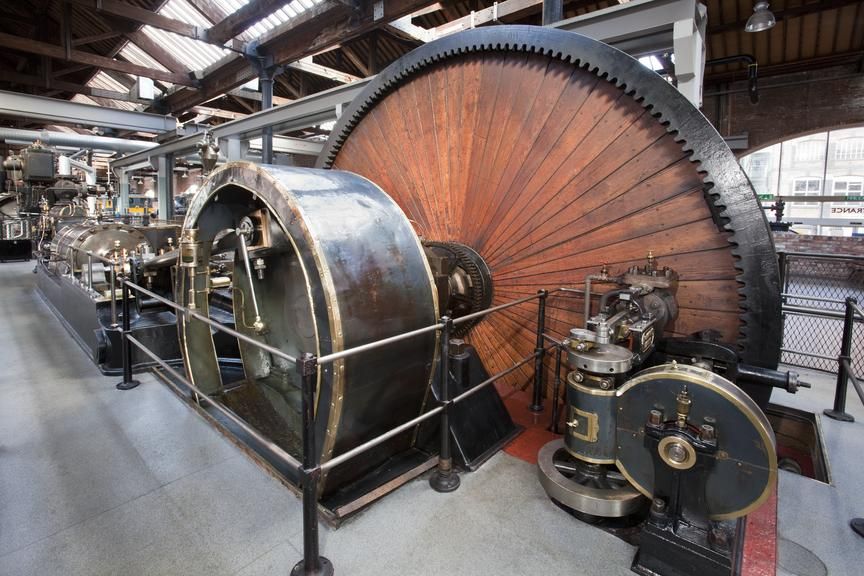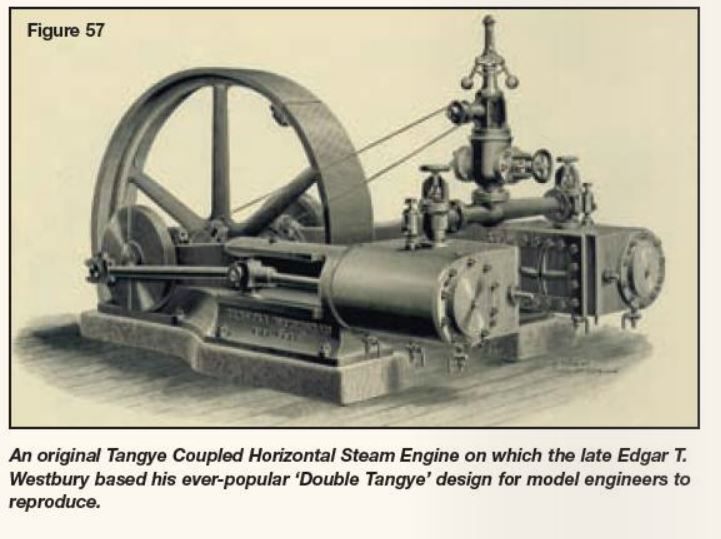Posted by Dr_GMJN on 21/10/2020 19:54:51:
Thanks Ramon. I’m guessing JB weld is the same as the Evo-Stick stuff – a grey epoxy sandwich of two pastes that you cut to length and knead together? I used that to repair the outside of the 10V cylinder after the milling cutter grabbed. I also used it to make a fixture for drilling an Rx helicopter main shaft a very long time ago.
I’ve no issue at all with using it. I did use Milliput to make the pads around the cladding screws on the 10V to stop it bowing under tightening. I just found Milliput smoother, and easier to apply than the rather grainy Grey stuff.
I’m about to start reading the Princess Royal/Goliath articles now.
I think – by my own fault – I may be extending this build by months or years before I’ve even bought a casting! I’ll have to find a balance with this one.
Cheers.
I can't say for certain if JBW is the same as any other brand but I think it would be fair to say that you cannot better its characteristics with any other regularly available product when using it for this purpose. As I'm sure you will appreciate, I have used other products – Devcon, Miliput, Green Stuff etc etc over the years. I first realised the effectiveness of JBW making silencers for glow motors – the exhaust of which gets far hotter than any steam engine. It more than proved itself in that application such that fasteners were eventualy eliminated.
All have their uses however – I will presently be using Miliput for lagging pipework on the latest build for instance but for construction of any 'casting' for similar use as being discussed I don't think you need look elsewhere.
It does have one drawback in that it can be a bit runny when first mixed and if used for fillets immediately it can 'slump'. This can easily be got round by two means – bond the parts together when first mixed then leave the unused mixture for about an hour in a warm environment to begin to cure before using it for fillets. The other method is to mix a small amount of colloidal sillicate in with it to thicken it up. Readily available from any glass fibre supplier it is used to make epoxy resin thixotropic. I used this method on the Double Ten cylinder head.
Incidentally I first realised how effective this would be as a structural adhesive when I picked up a piece of steel that I had previously used to mix some JBW up on. It was the ideal thickness for what I wanted and thought that I would soon chisel it off – no way – it had to be milled off.
Fasteners really only need to be there to hold parts together – they do not have to be of a size to ensure strength (unless you really feel you need to) The Double Ten cylinder head for example has just 4 8BA screws in it.
I am coming to the end of my current build and am considering another steam engine. If it goes ahead it will definitely be built using these methods using block cast iron as a basis. (The Twin Shaft is on permanent hold Jason – a covid casualty I guess!)
That's it for today – tomorrow is another day as they say
Regards – Ramon
Edited By Ramon Wilson on 21/10/2020 22:33:57
Dr_GMJN.






